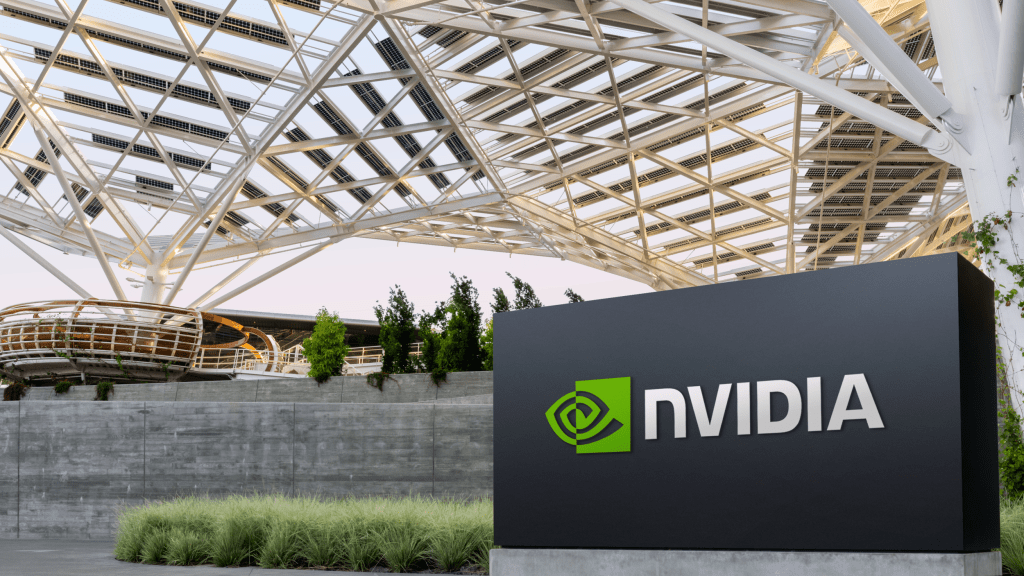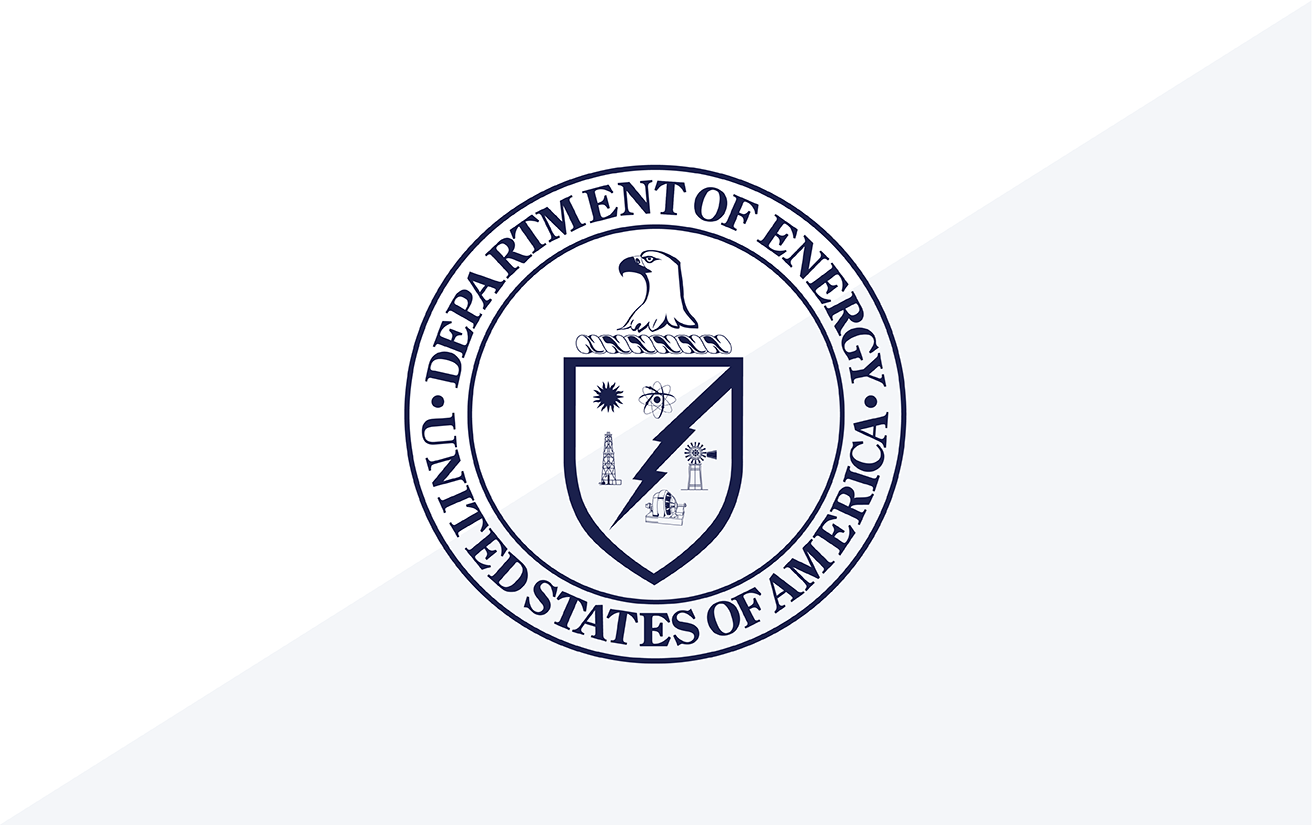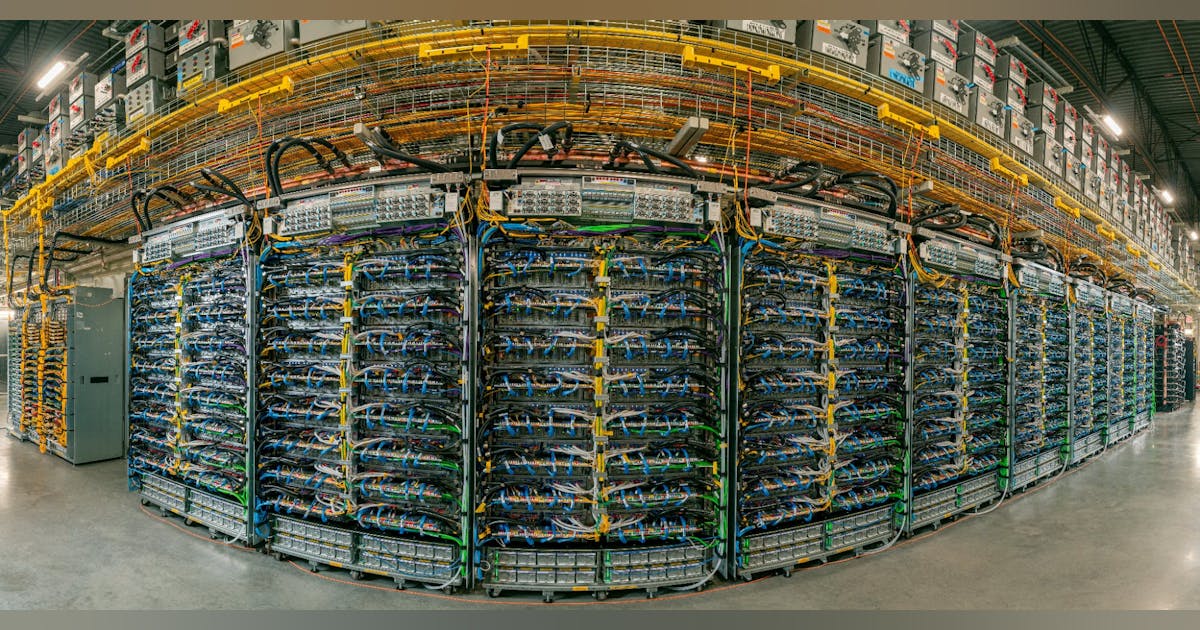
Tract Capital has announced the launch of Fleet Data Centers, a new platform dedicated to the development of mega-scale data center campuses with capacities of 500 MW or more, specifically designed for single-user customers.
The initiative is led by Grant van Rooyen, CEO of Tract Capital and Executive Chairman of Fleet Data Centers, and Chris Vonderhaar, the newly appointed President of Fleet Data Centers.
Vonderhaar brings extensive experience to the role, having served as Vice President of Demand and Supply Management at Google Cloud and as a senior leader at Amazon Web Services (AWS) for over a decade, where he oversaw the design, planning, construction, and operation of AWS’s global data center platform.
The Fleet leadership team also includes veterans from hyperscalers, wholesale data center providers, network infrastructure firms, and equipment vendors, with a collective track record of deploying dozens of gigawatts of data center capacity across hundreds of facilities globally.
A Two Prong Strategy
Defining two distinct strategies, Fleet is the mega-campus vertical development arm of Tract Capital, an alternative asset manager specializing in scaling digital infrastructure, which also operates Tract to refine development sites at ground level for data centers in terms of lining up power, fiber, zoning and entitlements.
Fleet Data Centers will aim to address the next phase of hyperscale data center growth by offering customized gigawatt-level campuses that provide predictability, flexibility, and scalability for hyperscalers navigating increasing infrastructure demands.
This new venture from Tract Capital underscores the growing need for innovative, large-scale digital infrastructure solutions, particularly as hyperscalers face mounting challenges in scaling their global platforms to meet the demands of the digital age.
The unveiling of Fleet is just another example of the way Tract Capital has consistently demonstrated its expertise in accelerating the scaling of responsible technology infrastructure, combining operational capabilities from industry veterans with specialized knowledge in planning, development, energy, and real estate.
According to van Rooyen, “Predictable and flexible data center delivery on large-scale contiguous campuses is the logical solution for customers trying to navigate divergent demand forecasts.” He added, “Chris and I first worked together 26 years ago… It is a privilege to entrust the Fleet business into his capable hands.”























